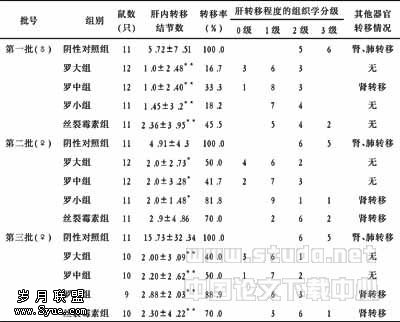基底动脉尖综合征11例临床分析
【摘要】 目的 基底动脉尖综合征的临床特征。方法 对本院1998年8月—2004年10月间在本院住院的11例病人的临床资料进行回顾分析。结果 11例中眩晕、呕吐5例,Horner征4例,视觉障碍2例,幻觉2例,肢体瘫4例,睡眠倒错与去脑强直各1例。影像学检查显示基底动脉尖端5条血管供血区内多发梗死,平均每个患者病灶达3?4个。结论 本病的特点为(1)起病急,进展快,常以眩晕、恶心、呕吐起病。(2)眼球运动障碍和瞳孔异常。(3)意识障碍。(4)视觉障碍、幻觉、睡眠倒错。
【关键词】 基底动脉尖综合征; 临床特征;影像学表现
Abstract: Objective To summarize the clinical features of top of basilar artery syndrome (TOBS). Methods The clinical data of 11 patients with TOBS, who were admitted to the hospital during August, 1998 and October, 2004, were etrospectively analyzed.Results Of the 11 patients, five suffered from vertigo and vomitting, four from Horner's sign, two from visual disorder, two from hallucination, four from limb paralysis, one from sleep reversal, and one from decerebrate rigidity. Imaging examination showed that multiple infarction existed in the area whose blood supply came from the five vessels belonging to top of basilar artery, with a average of three or four focuses per patients. Conclusion TOBS is characteristic of the following: (1) acute onset and fast progress with vertigo, nausea and vomitting, (2) disorder of ocular movement, (3) consciousness disorder, and (4) visual disorder, hallucination and sleep reversal.
Key words: top of basilar artery syndrome; clinical feature; imaging
基底动脉尖综合征(Top of the basilar artery syndrome,TOBS)是一种特殊类型的脑血管病,由Caplan于1980年首先提出并命名[1],系由左、右大脑后动脉、左右小脑上动脉和基底动脉顶端为中心,直径2 cm 范围的血液循环障碍所表现出来的一种特殊类型缺血性脑血管病,临床表现复杂多样。现将我院1998—2004收治的11例TOBS患者的临床表现和影像学检查结果报告如下。
1 临床资料
1.1 一般资料
本组TOBS患者11例,男7例,女4例。年龄36~80岁,病程2~42 d,平均21.3 d。均为1998年8月—2004年10月间住院患者。5例有原发性高血压史,2例有糖尿病史,3例有缺血性心脏病史,1例有房颤。
1.2 临床表现
本组在活动情况下起病4例,占36.36%,其余为安静状态下起病,均为突然发病,临床表现多种多样,眩晕、呕吐5例,Horner征4例,眼球运动异常4例(垂直性注视麻痹1例,水平眼震2例,一个半综合征1例),意识障碍4例,视觉障碍3例,幻觉2例(幻视1例,幻听1例),肢体瘫痪4例,睡眠倒错1例,去脑强直1例。
1.3 影像学检查
11例均行头颅 CT扫描,其中5例行MRI检查,2例行MRA检查,结果显示基底动脉尖端5条血管供血区内多发梗死,累及的部位依次为丘脑(9例)、中脑(9例)、脑桥上部(5例)、小脑(4例)、颞叶(3例)、枕叶(2例)及内囊后肢(5例),11例患者共有病灶数37处,平均每个患者病灶数达3.4个。
1.4 脑电图检查 丘脑、枕叶和颞叶梗死均有广泛中度异常慢波表现。











